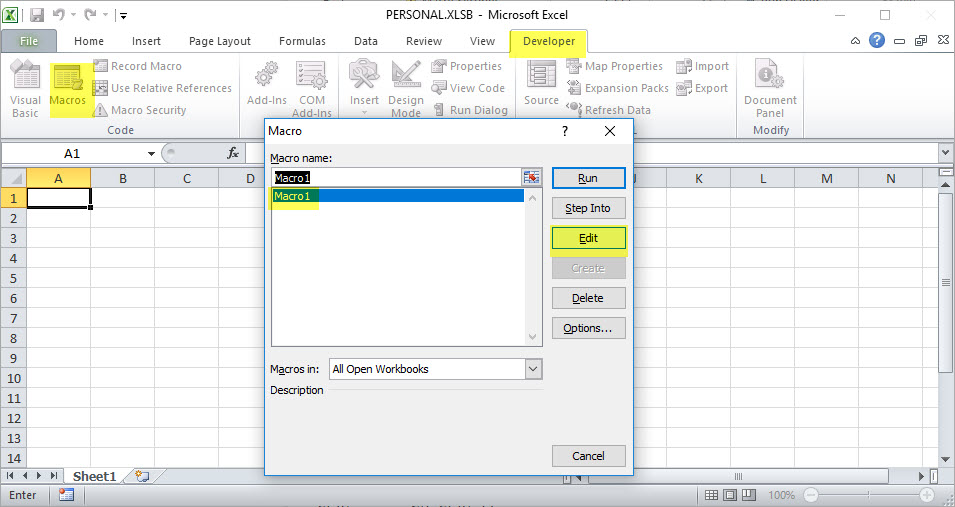

It can used in all areas like adding additional feature to the menu, parametric cells and callbacks. The layer information is accessed via the class layer, the general setup via the class setup and the schematic window via the class schematic.Ĭ++ Macros are the native build-in scripting language. Most of the drawing relevant classes can be accessed via the class layout. A more details description of the supported C/C++ langunage you will find here. Compiler commands unless '#include' are ignored. Own functions can be created, own classed are not possible. Enum and struc structures are not allowed and will case a termination. while, for and if structures can be used. Additional there are further type like string, stringList, point, pointArray, etc. They had to start as follow:Īs standard types you can use int, double, bool, void. Macro-examples are supplied within this documentation and are shipped with any package of the LayoutEditor.Īll macros are in a C++ code. The Application Programming Interface (API) with all its supported classes is described here. Here you will find an overview of the supported code. As the name already says the macros are programmed in C++ or more correct in an interpreter language very similar to C++ as not all parts of the C++ standard are supported. However it is most comfortable to use the build-in TextEditor as it contain an execute button for a simple execution of the macro. Own macros can be created in any text editor. With a correct naming of the sub-folder you define where in the menu the macros is displayed and to which window (layout, schematic, text editor) it appears. During program launch these directory-tree is scanned and added to the correspondent place in the menu. Macros stored somewhere below the "macros"-directory (set up via the SetupDialog or by default in the layout installation-directory-tree) are inserted in the menu tree. Macros can stored everywhere and can be executed by the ExecuteMacro feature. All macros in that folder and its sub folders will be added into the menu of the LayoutEditor.Ĭ++ macros are text-files and can be edited by with the EditMacro feature or any other text editor of your choice. Alternative you can store the macro file in a specially named folder. Stored macros can be executed via the ExecuteMacro function.

After stopping the recording a TextEditor will be opened with the recorded macro. The recording can be started via StartMacroRecording and stopped via StopRecordedMacro. The operation are stored in a C/C++ style and can be edited with any text editor. Like many office programs the LayoutEditor can record the operations you have done with the graphical user interface. It does not store any personal data.The simplest way to use macros is macro recording. The cookie is set by the GDPR Cookie Consent plugin and is used to store whether or not user has consented to the use of cookies. The cookie is used to store the user consent for the cookies in the category "Performance". This cookie is set by GDPR Cookie Consent plugin. The cookie is used to store the user consent for the cookies in the category "Other. The cookies is used to store the user consent for the cookies in the category "Necessary". The cookie is set by GDPR cookie consent to record the user consent for the cookies in the category "Functional". The cookie is used to store the user consent for the cookies in the category "Analytics". These cookies ensure basic functionalities and security features of the website, anonymously.

Necessary cookies are absolutely essential for the website to function properly.


 0 kommentar(er)
0 kommentar(er)
